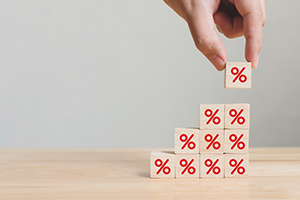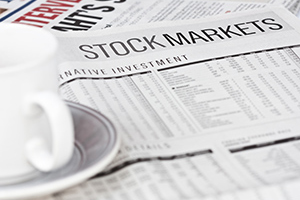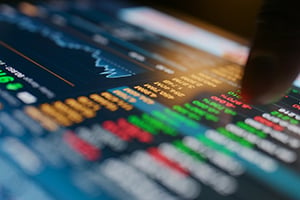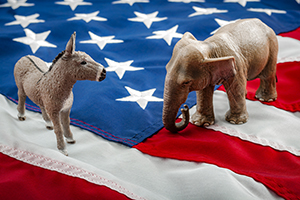For the third week in a row, the big picture continues to be very positive. On the medical front, all three major data series—new cases, positive testing rates, and hospitalizations—have continued to trend down, while vaccinations continue to scale up. If current trends continue, we are through the worst of the pandemic and should see continued improvement.














